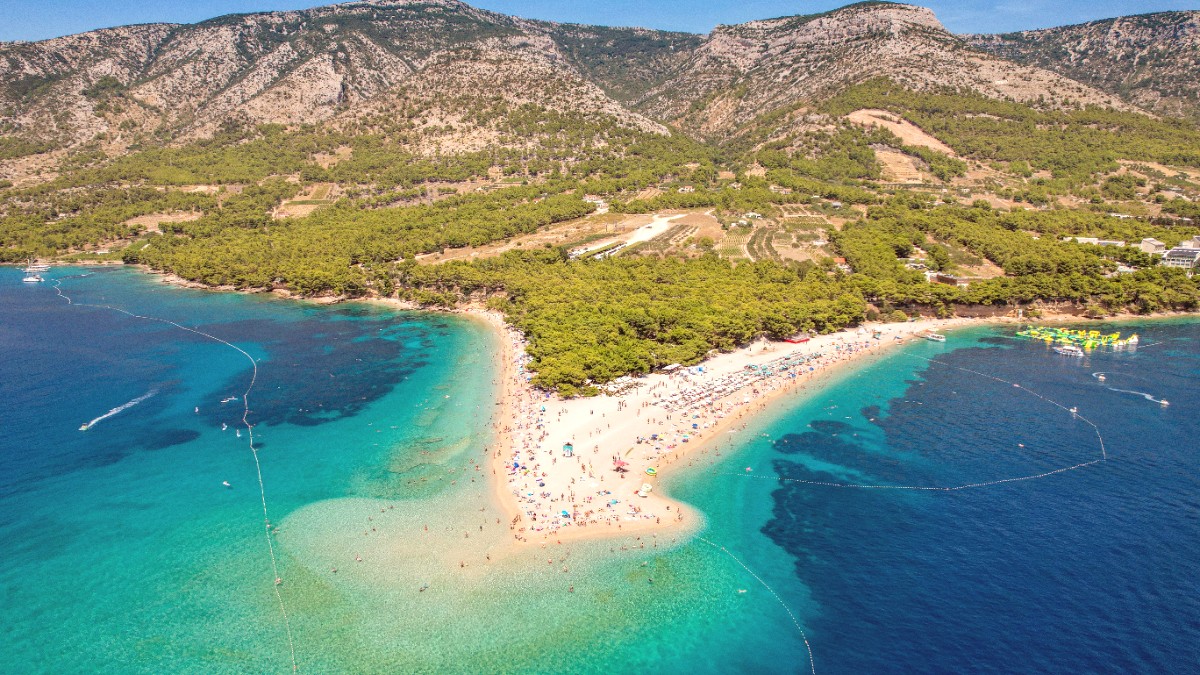
Croatia
Public transportation on Brac Island mainly consists of buses. Autotrans, now part of Arriva, operates these services, connecting major towns and villages across the island. Brac has no metro or tram systems. This bus network provides a reliable way to travel between different settlements.
Supetar serves as the main hub for island-wide bus routes. From here, you can find connections to Bol, Milna, Sumartin, Postira, Pučišća, and other smaller villages. Bol is the island's second most important hub, with buses connecting to Supetar and local services to Zlatni Rat beach. Routes, like Supetar-Bol, offer the most frequent services.
Consult online resources or bus station boards, as schedules change seasonally. This step helps plan your movements.
Get to the bus stop a few minutes before departure, especially during high season, to secure your spot.
Some buses may not run directly between all towns; a transfer in Supetar might be necessary.
Minimum age is generally 21 (some companies 22-23).
Valid driver's license + IDP if not English or photo-less.
A major credit card for the deposit is necessary.
Booking in advance is suggested, especially for high season.
You can rent motorcycles and scooters in Supetar and Bol. For motorcycles, a valid motorcycle license is necessary. For scooters up to 50cc, a regular car license is often sufficient, but always confirm local regulations. Helmets are mandatory.
No dedicated hop-on-hop-off bus services. Many organized day tours operate within Brac and to nearby islands from Supetar or Bol.
Water taxis are available from Bol to Zlatni Rat beach and other coves. Small boat rentals (often no license needed) are popular. Bring a Waterproof dry bag.
Accessibility services for travelers with mobility needs are limited. Public transport may not be fully accessible. Private transfers or taxis are often most convenient.
Walking and cycling offer intimate ways to explore Brac's natural beauty and charming villages, allowing you to discover hidden corners at a relaxed pace. Most towns and villages are pedestrian-friendly, with charming narrow streets called "kalas" for leisurely strolls.
Explore at your own pace, stopping wherever you wish.
Control your itinerary.
Discover hidden corners and local life away from main routes.
connection.
Many walking and cycling paths are free to access.
Budget-friendly adventure.
Water taxis and other water transportation are a defining feature of coastal Brac, ideal for exploring the island's many coves and beaches.
Main roads on Brac are paved and in good condition. Drive on the right-hand side. Speed limits are generally 50 km/h in urban areas. Be cautious on narrow, winding roads.
Renting a car Allows full flexibility. Scooters are easy for parking and maneuvering. Quad bikes offer off-road exploration to less accessible areas.
Bicycle rentals are common, including e-bikes for easier rides. The island features marked cycling routes. An intimate way to see villages and natural beauty.
Whether by bus, taxi, rental vehicle, or on foot, Brac offers various ways to discover its beauty.
Choose the transport that aligns with your travel style for a memorable island exploration.